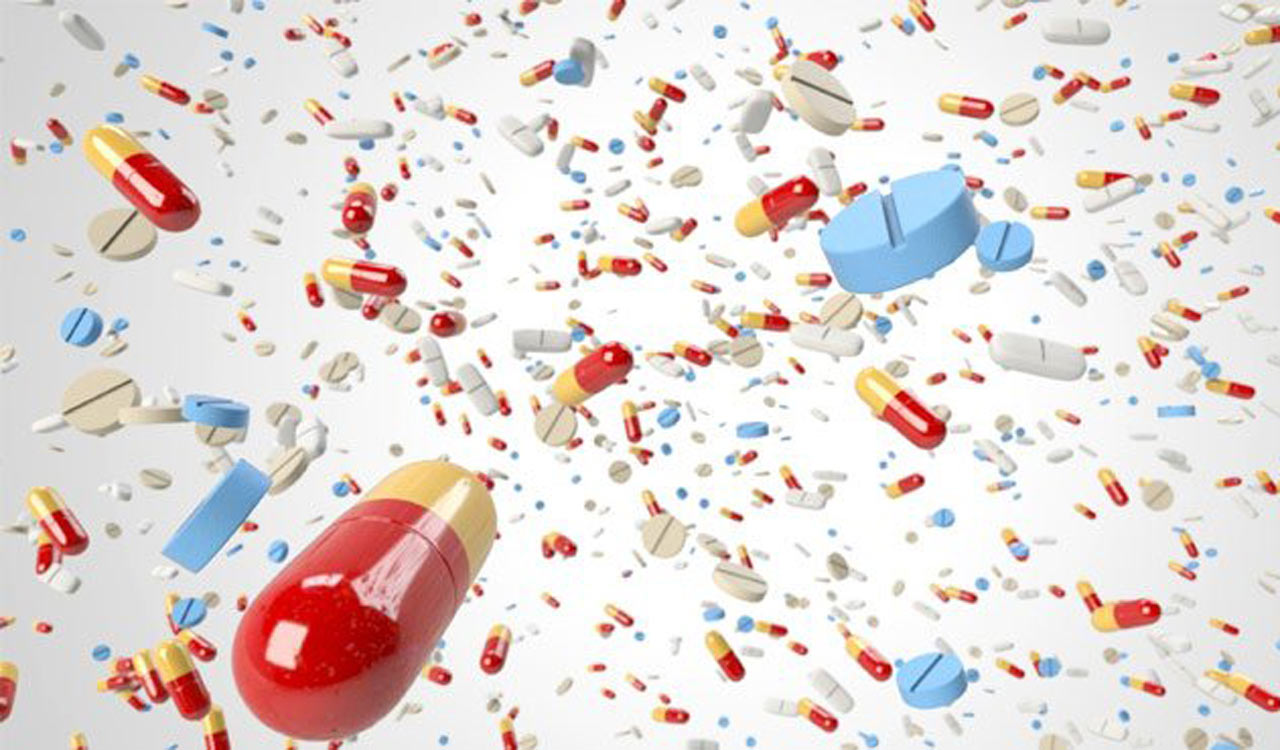Editorial: Silent epidemic
Antimicrobial Resistance needs global collaboration to tackle the threat to public health

Despite being a huge public health menace, Antimicrobial Resistance (AMR) has been largely ignored by policymakers and the public in India. AMR is a condition when microbes, which are exposed to high-grade antibiotics, become used to them over time and become resistant to them. This makes treating common infections difficult, increasing the risk of severe illness and death. The resistance also makes them ineffective for preventing secondary infection during surgeries, chemotherapy and managing chronic diseases. As a result, the microbes become superbugs. Easy access to the strongest of antibiotics without prescriptions or diagnoses and their indiscriminate use have created a perfect storm, leading to the super-resistant microbes that irreparably damage our health. It’s a case of life-savers turning into life-takers. As AMR deaths are projected to exceed 10 million annually by 2050, there is an urgent need to tackle this silent epidemic through an intersectional approach. What is alarming is that India has emerged as an epicentre of this catastrophe. Since the drivers of AMR in India include lack of access to clean water, sanitation and hygiene, and limited access to healthcare facilities among others, the marginalised and vulnerable communities, especially women, face a higher risk of acquiring drug-resistant infections. Studies have also found that misuse of antibiotics while breastfeeding can contribute to the development of AMR, particularly in intestinal microbiota in a child, through breast milk transfer. Providing proper sanitation, clean water and increasing public health expenditure and better regulating the private health sector are necessary to reduce antimicrobial resistance.
Apart from a detailed history of presenting infection, clinicians should go through the history of any surgical, medical disorders and co-morbidities like diabetes as these may predispose an individual to infections. Previous use of antibiotics in such situations may predispose to AMR in current illness. A study has found that most of the antibiotic FDC (fixed-dose combination) formulations sold in India are unapproved or banned. Though drug regulators have taken several initiatives to deal with the issue, including imposing a ban, several banned FDCs continue to be available in the market. In India, doctors routinely prescribe strong antibiotics even in cases where such doses are totally unnecessary. Doctors, pharmacists, pharma companies and customers must adhere to the strict protocols to curb indiscriminate prescription, sale and use of antibiotics. At the same time, the AMR surveillance and research network, established by the Indian Council of Medical Research, needs to be strengthened to make India better prepared to deal with AMR-induced health hazards. A study, published in the World Health Organisation bulletin, has found that 58% of FDCs of antibiotics sold across the country were on the WHO’s “not recommended” list. Like Covid-19, the AMR too needs global collaboration with public and private sectors and healthcare communities working together to tackle the threat to public health.
Related News
-
Cartoon Today on December 25, 2024
5 hours ago -
Sandhya Theatre stampede case: Allu Arjun questioned for 3 hours by Chikkadpallly police
6 hours ago -
Telangana: TRSMA pitches for 15% school fee hike and Right to Fee Collection Act
6 hours ago -
Former Home Secretary Ajay Kumar Bhalla appointed Manipur Governor, Kerala Governor shifted to Bihar
6 hours ago -
Hyderabad: Organs of 74-year-old man donated as part of Jeevandan
6 hours ago -
Opinion: The China factor in India-Nepal relations
7 hours ago -
Editorial: Modi’s Kuwait outreach
7 hours ago -
Telangana HC suspends orders against KCR and Harish Rao
7 hours ago




